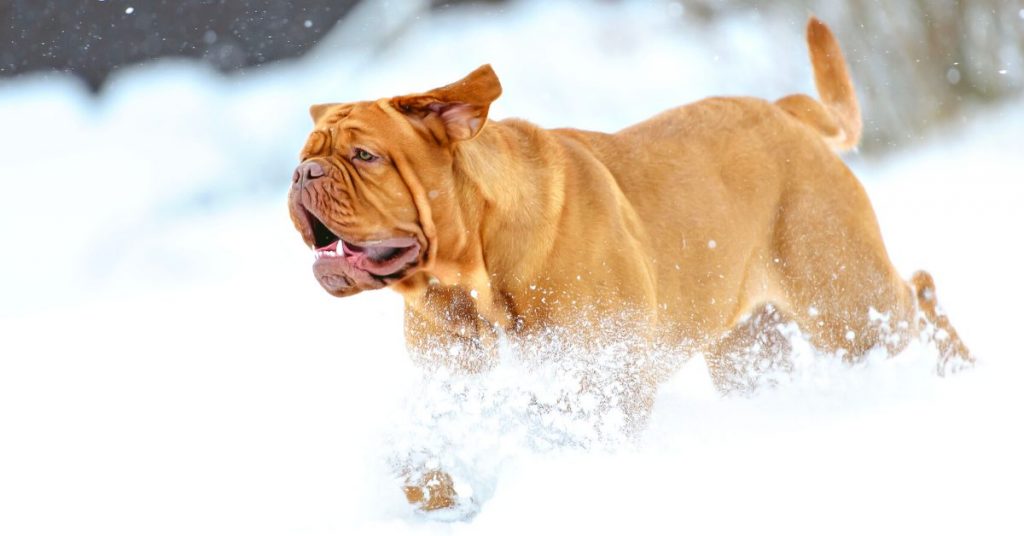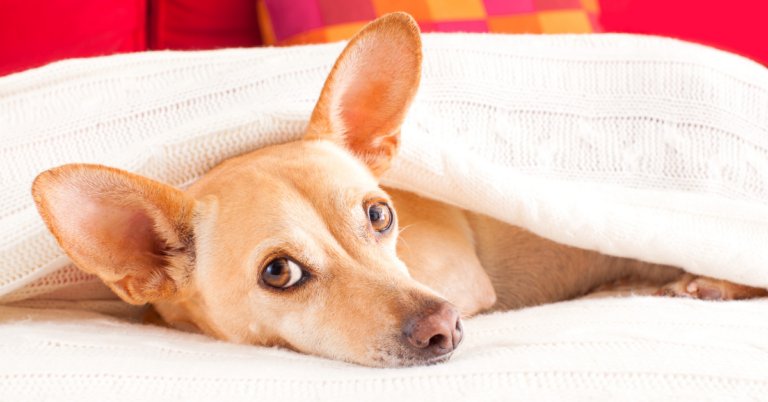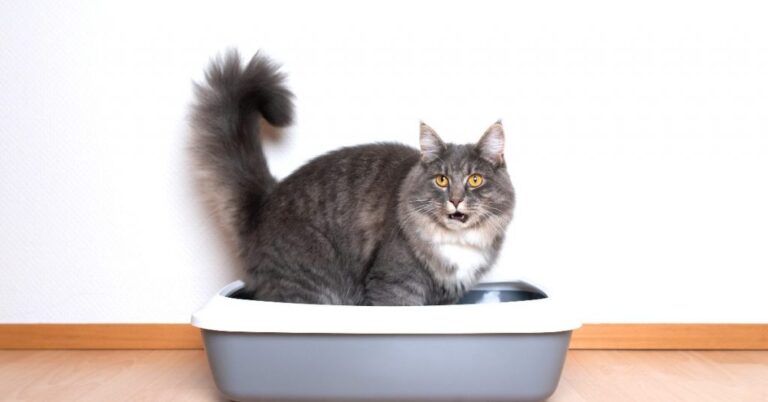Bloat in Dogs (Signs & Treatment)
Reviewed by Lauren Cannon, DVM
Bloat in dogs is a common issue and can be life threatening.
This condition needs immediate treatment.
Bloat in dogs kills 30% of the affected dogs, despite the treatment.
Pet owners should know more about this condition, the signs, and how to prevent it, to know when their dog needs immediate veterinary care.
What is Bloat in Dogs?
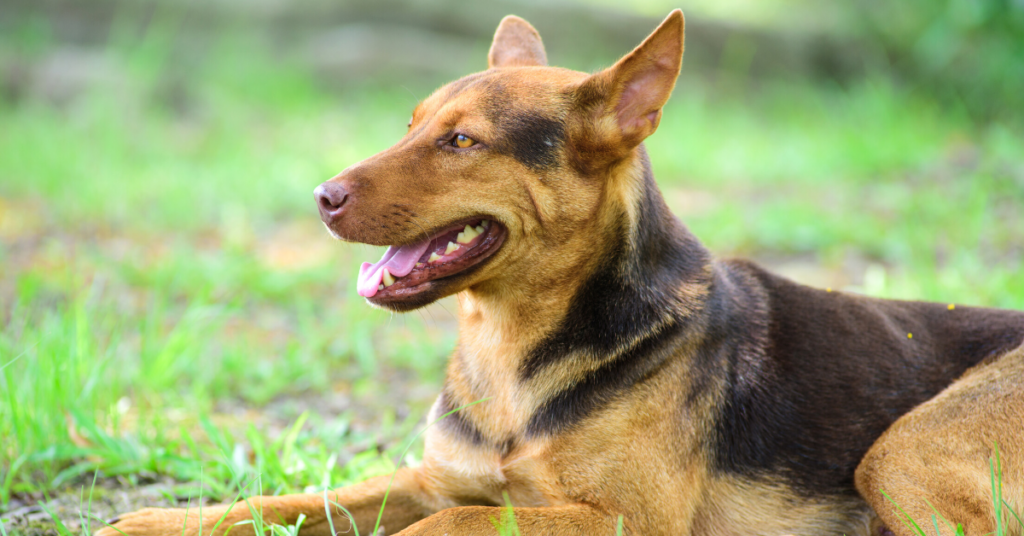
Bloat in dogs is a dangerous condition, which can be deadly. It happens when the dog’s stomach fills with gas, food, or fluids.
This results in expanding the stomach, and puts pressure on other organs. It also affects the blood flow and difficulty breathing.
This condition is dangerous, because it develops quickly without warning, and it’s considered an emergency.
In some cases, the dog’s stomach may twist, which is known as gastric dilatation volvulus (GSV), where the blood is trapped in the stomach, and won’t return normally to the heart and other organs. This may cause a shock.
In addition, as the stomach twists, it will affect the spleen and pancreas, which will reduce the blood flow into them. When the pancreas has less oxygen coming in, it will produce very toxic hormones.
One of these toxic hormones would target the heart, and stop it. This is why, despite giving the dog a good treatment, the heart may suddenly stop.
Signs of Bloat in Dogs
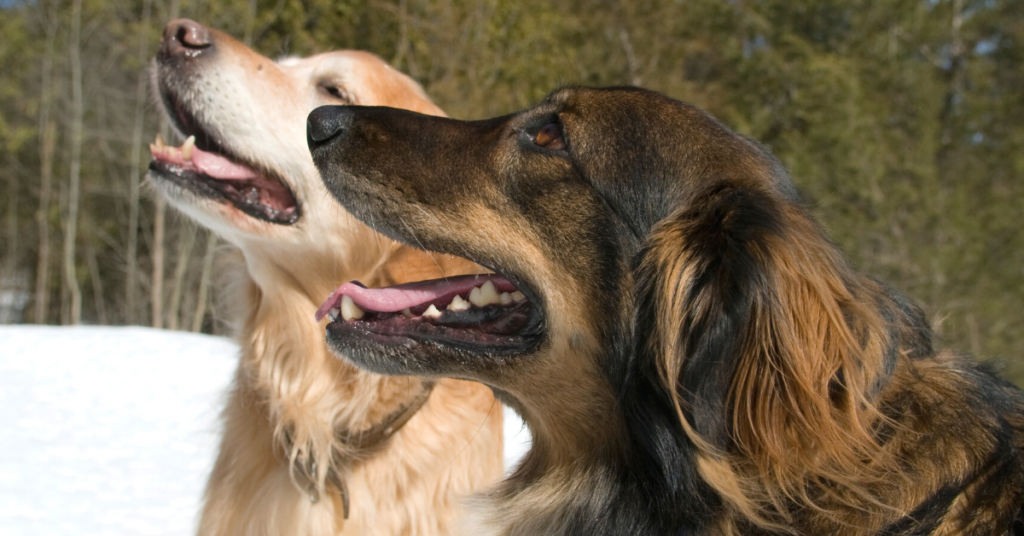
Bloat in dogs develops very quickly, first signs that show include:
- Restlessness
- Drooling
- Swollen abdomen
- Looking anxious
- Trying to vomit, but nothing comes out
As the condition worsens, signs will include:
- Pale gums, because of low oxygen levels
- Quick heartbeat
- Shortness of breath
- Weakness
- Shock or collapsing
If you think your dog has bloat, take them to the vet immediately, because if they don’t get quick treatment on time, they might die.
If not treated quickly, in only an hour or two, your dog will likely go into shock, the heart rate will increase, and the pulse will get weaker, which unfortunately leads to death.
How is Bloat in Dogs Treated?
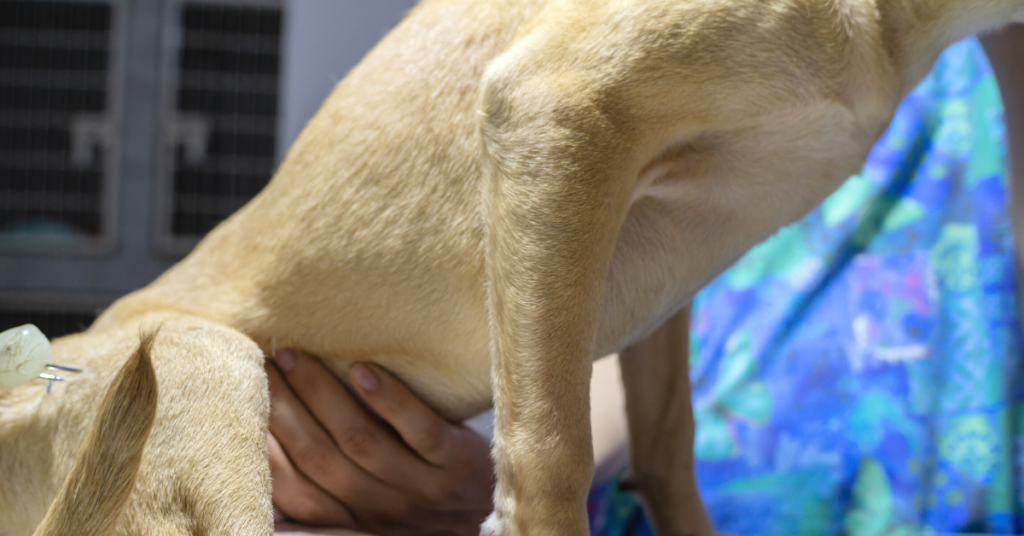
Bloat in dogs is treated depending on the severity. If the dog was in shock, the vet will start treating the shock by giving fluids through the IV. Once the dog is stable, they will be admitted into surgery.
The vet will start to deflate the stomach and release the built up pressure, by inserting a tube into the dog’s throat. However, a twisted stomach may prevent the tube from passing through.
In that case, a large and hollow needle will be inserted through the abdomen into the stomach to release the gases and pressure.
If the stomach is twisted, the vet will do an emergency procedure to untwist it. In addition, the vet will prevent bloat from happening again, by fixing the stomach in place. This procedure is known as a gastropexy.
How to Prevent Bloat in Dogs?
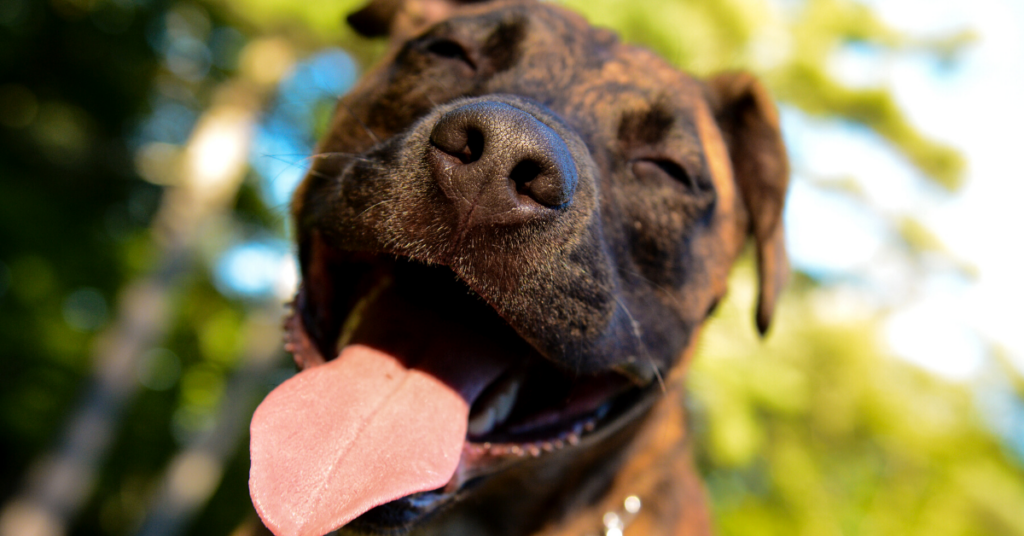
The cause of bloat in dogs is not clear, but there are risk factors that might increase the chances of having it. Having one large meal a day, and not dividing meals, eating quickly, a lot of movement after eating, raised food bowls, and stress.
Anxious dogs are more prone to bloat, and dogs in stressful environments such as boarding kennels.
In fact, any dog is under the risk of having bloat, and any age. However, it’s more common in middle aged dogs. A study by Purdue university has found that the risk increases 20% each year of age.
The American College of Veterinary Surgeons states that almost all breeds have been reported to have had gastric dilatation with stomach twisting or without.
In addition, it’s more common in large breeds with large deep chests, like German Shepherds, Basset Hounds, Akitas, and Boxers.
Dogs with a deep, narrow chest are much taller than they are wide, resulting in a high “height to width ratio”. These dogs are at a high risk, and often suffer the most from bloat.
Higher risk breeds include Great Danes, Gordon Setters, Irish Setters, Weimaraners, and St. Bernards, and standard poodles.
Great Danes, who have a high height to width ratio, are five to eight times more likely to bloat than dogs with a low height to width ratio, according to the American Kennel Club.
So, if your dog is one of those breeds, it’s better to consult your vet, and see if a preventative surgery should be done.
Preventive gastropexy will help prevent the stomach from twisting 95% of the time.
Many owners of large breeds of dogs usually tend to have this surgery done when their dogs are young. Gastropexy is often performed at the time of neuter or spay.
To prevent dog bloat, what you can do is feed your dog multiple small meals throughout the day instead of one or two large meals. Avoid using a raised bowl, as it increases the risk of bloat.
Make sure to keep them hydrated, and don’t let them run or play a lot right after a meal. If your dog eats quickly, you can use bowls with fingers (or center posts), or put large rocks in the bowl. This helps to slow them down.
When to See a Veterinarian
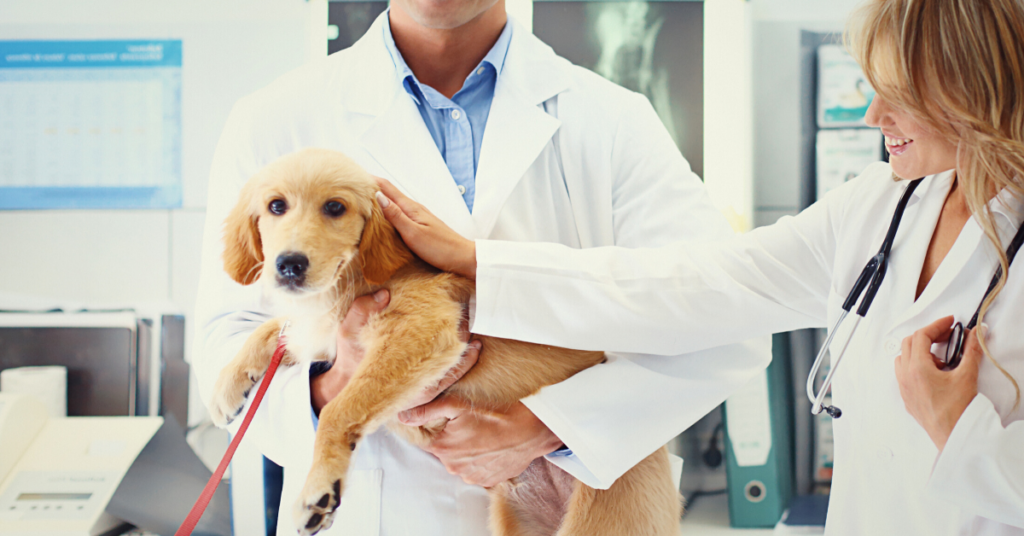
Once you suspect that your dog has bloat, take him to the nearest emergency clinic immediately. Bloat in dogs is serious and deadly if not treated quickly.
The sooner your dog receives veterinary care, the better chances of a full recovery. Because every minute that passes without treatment will increase the risk of more damage and potentially death.

